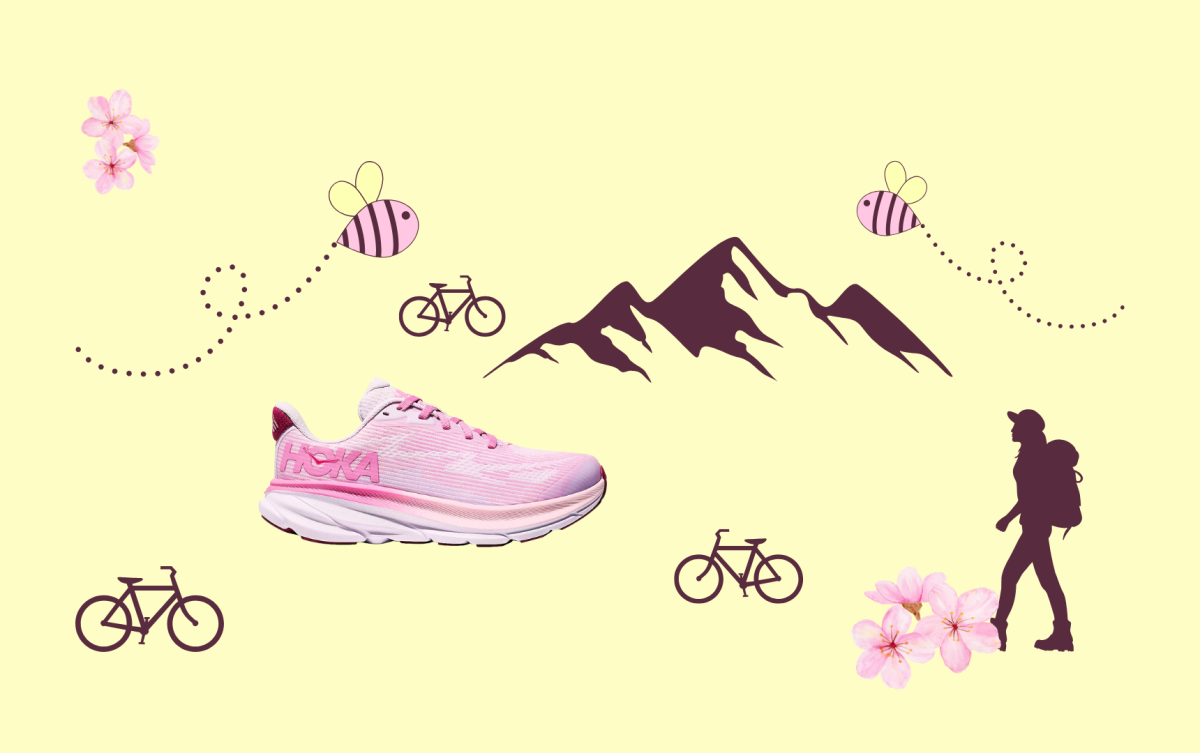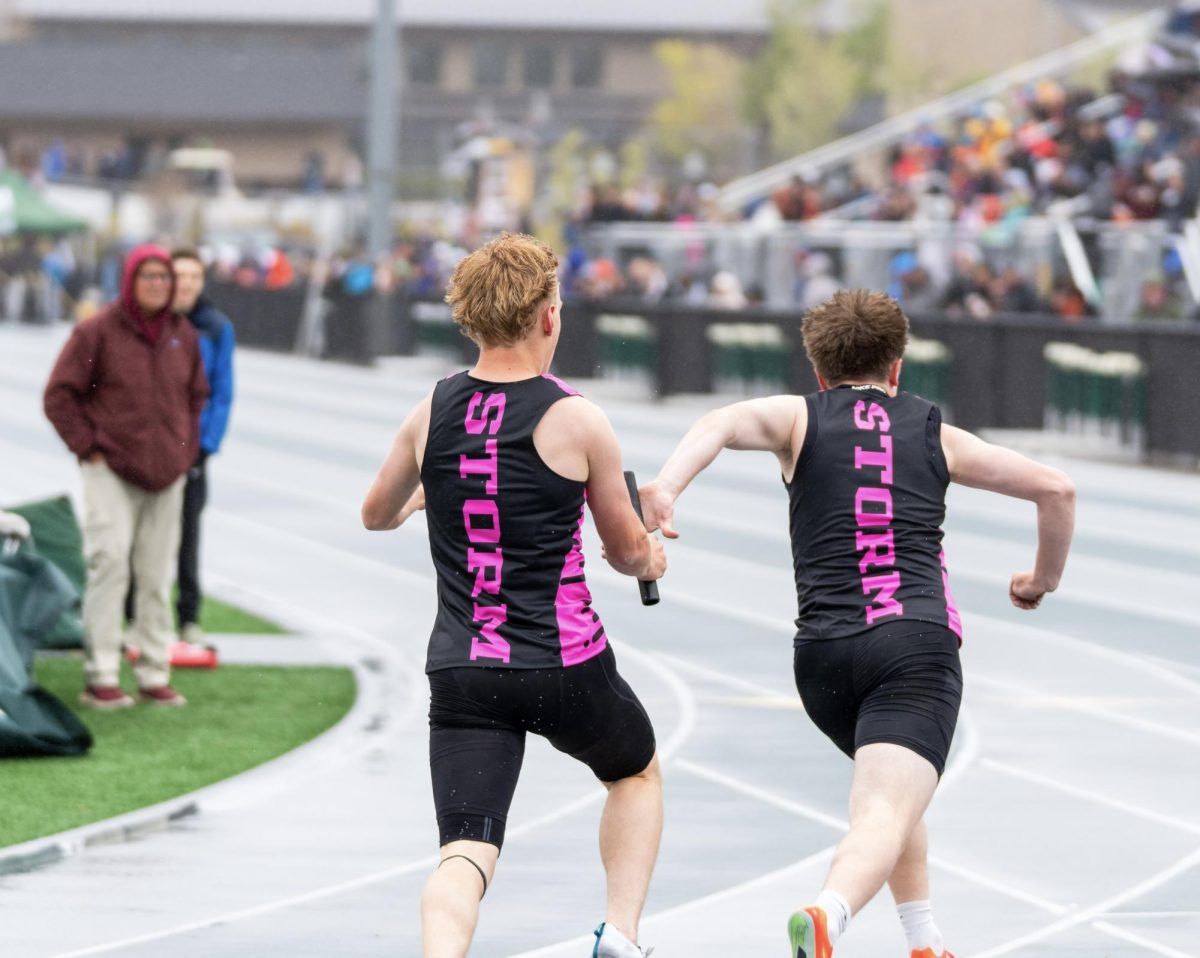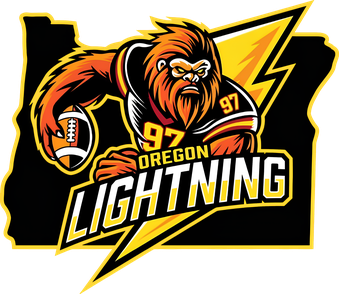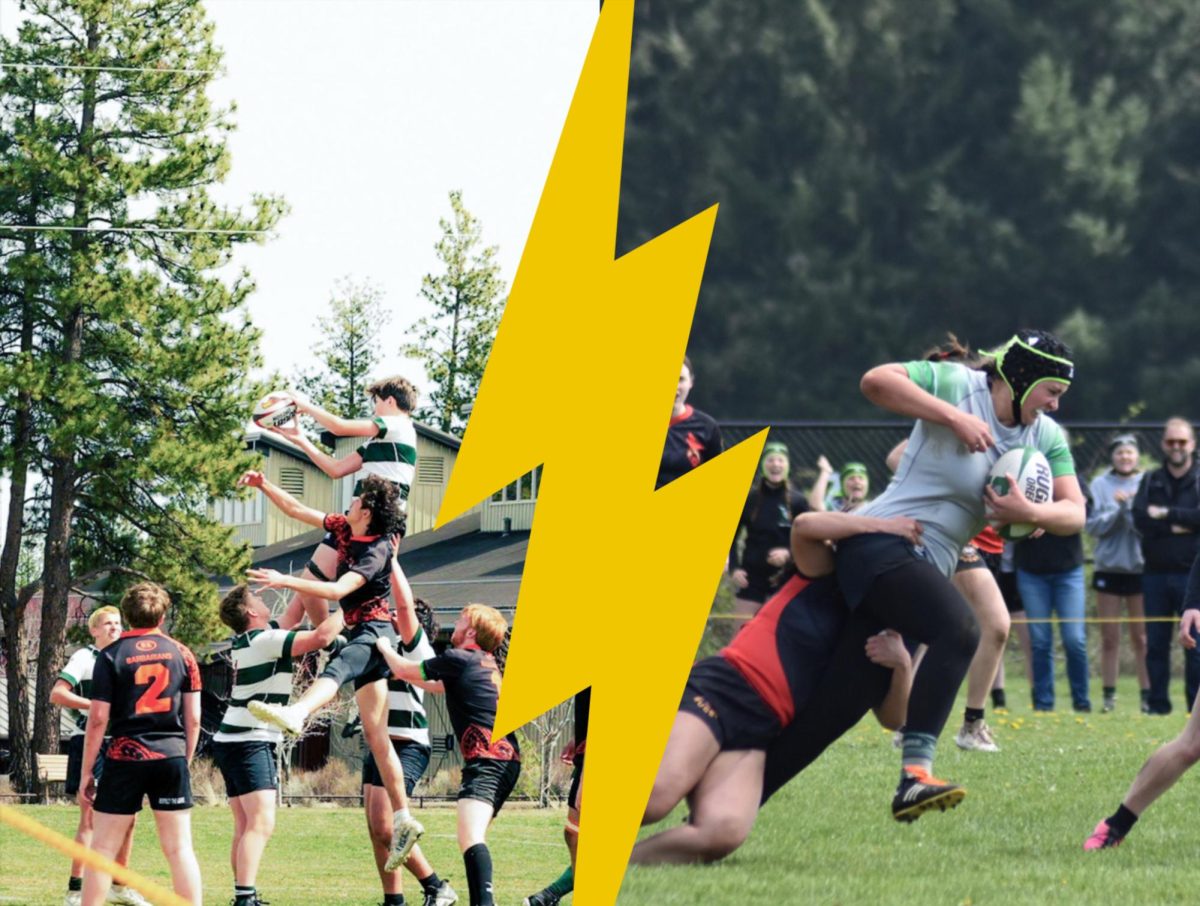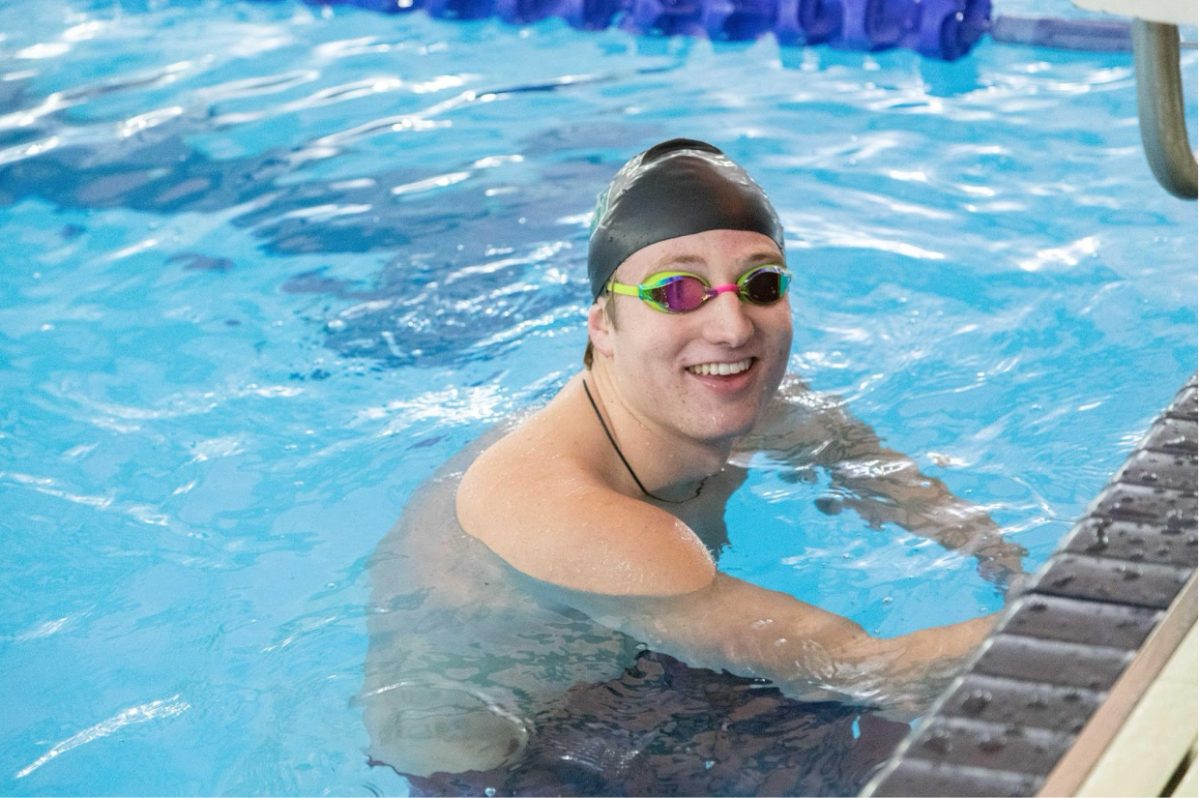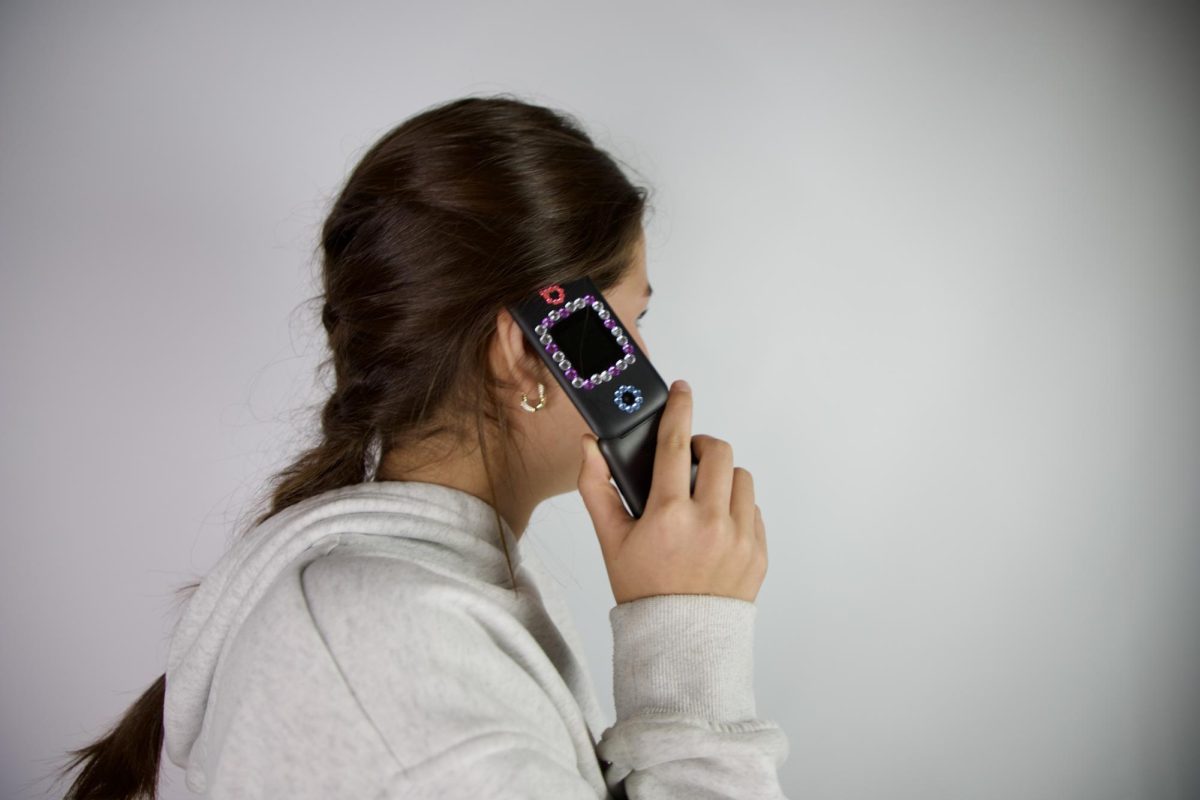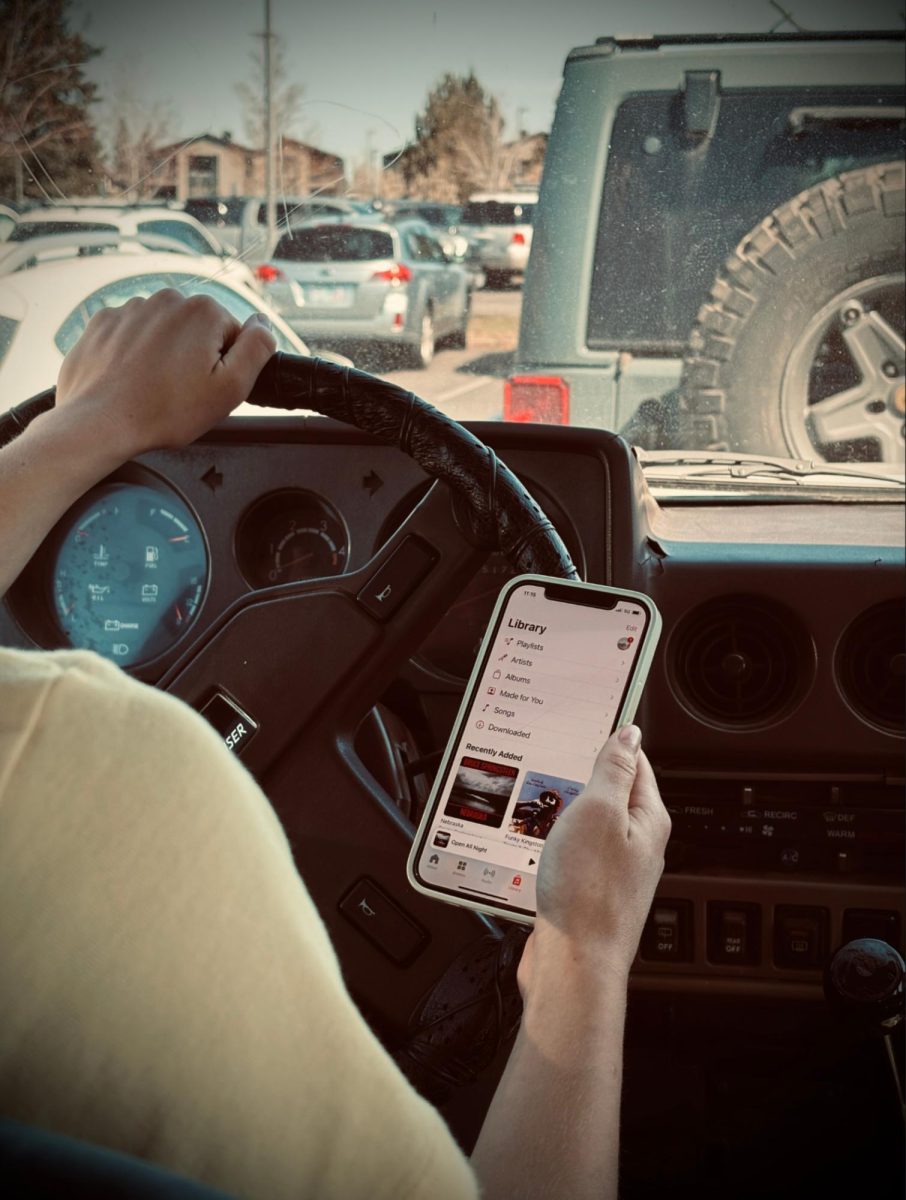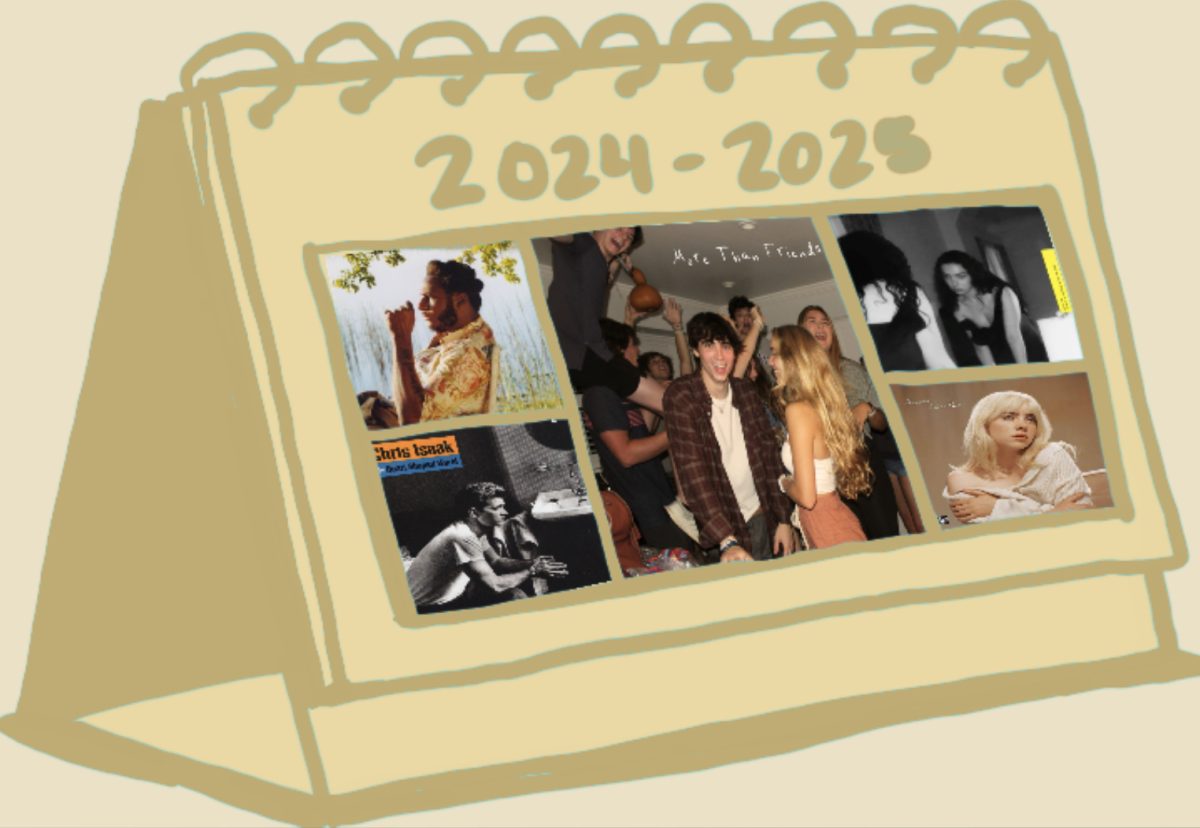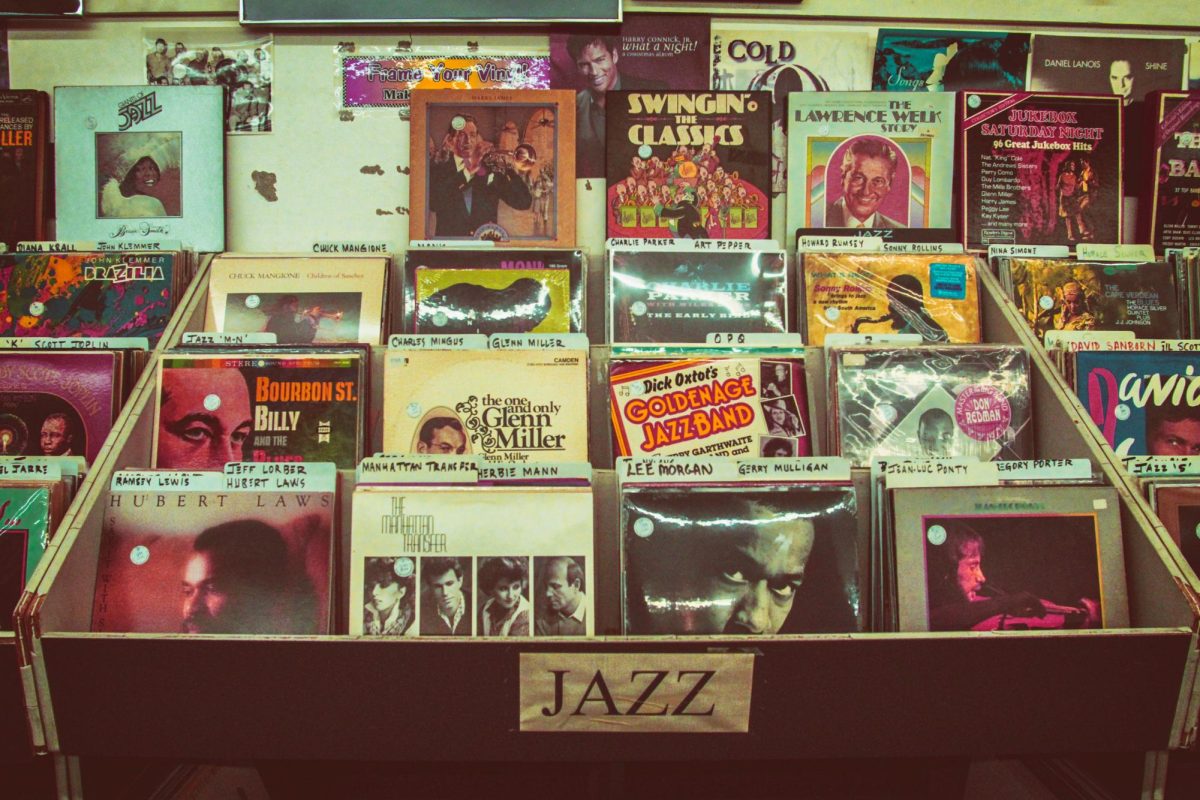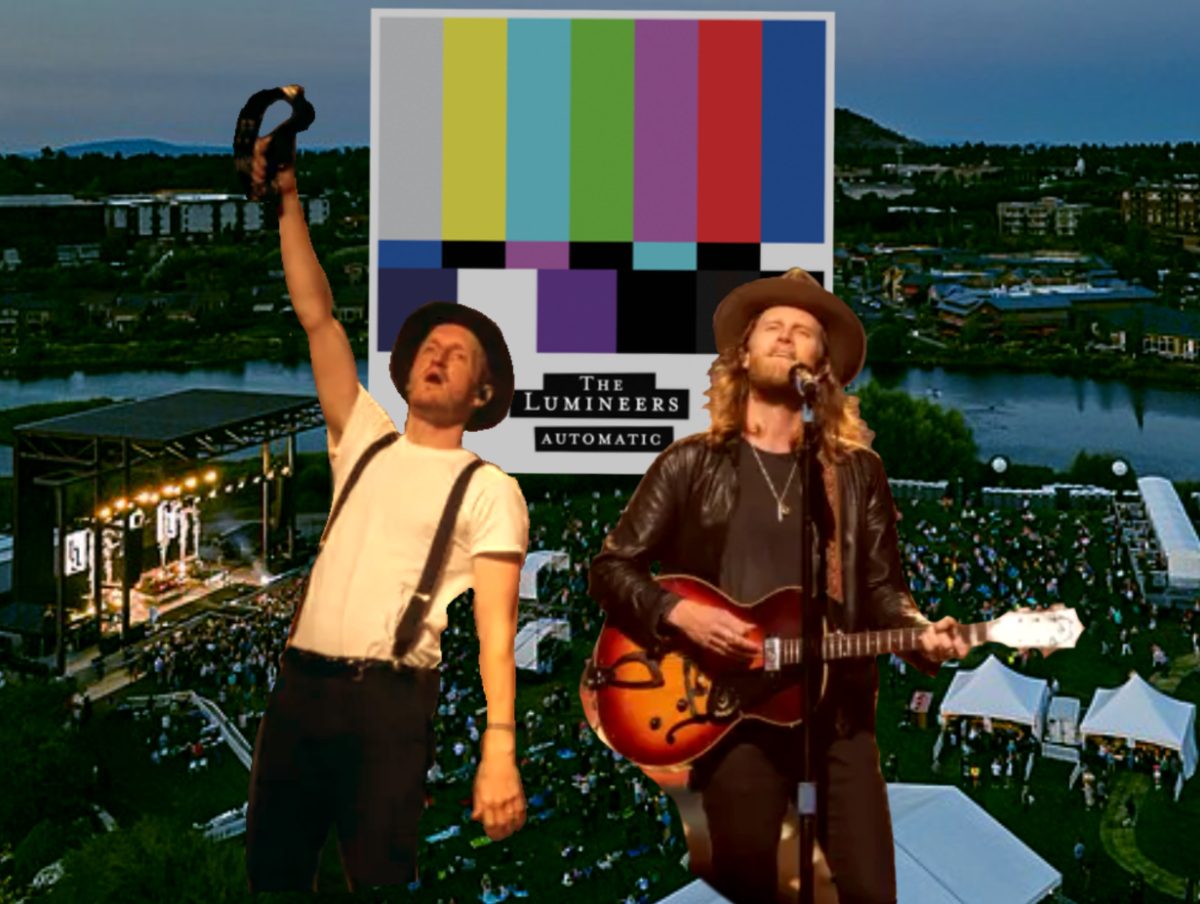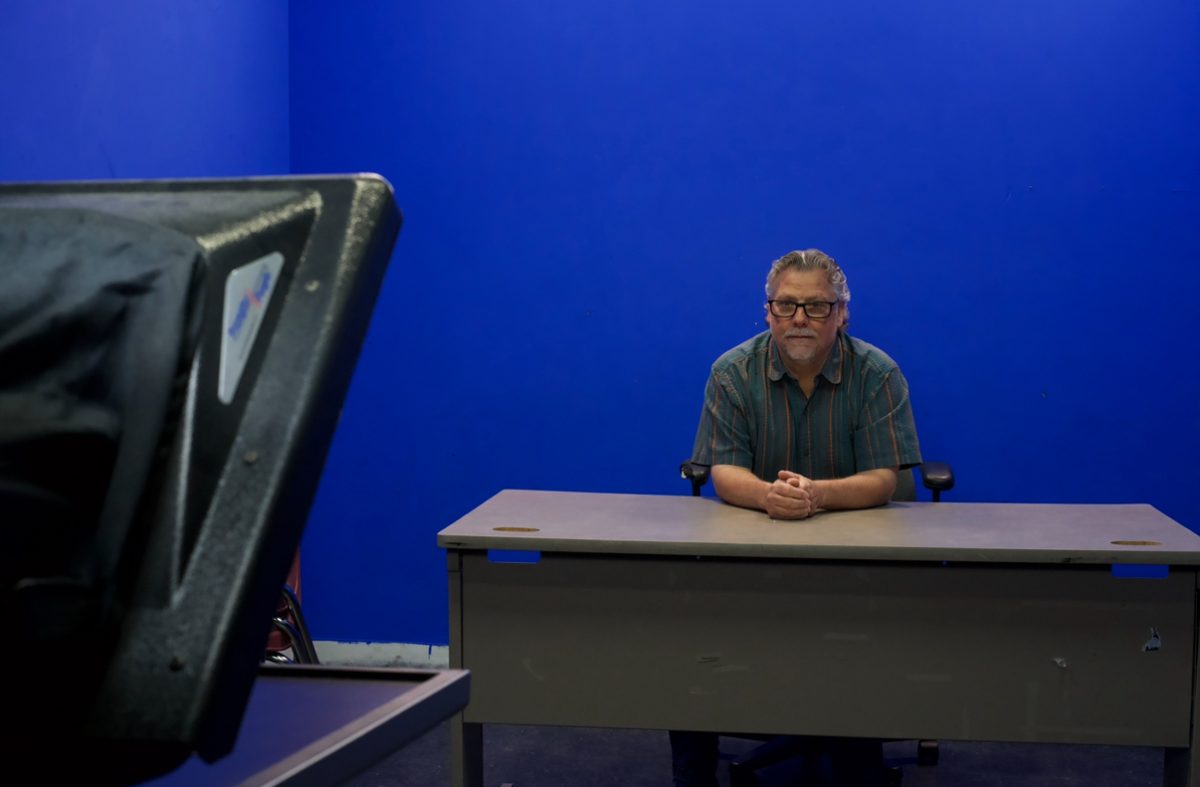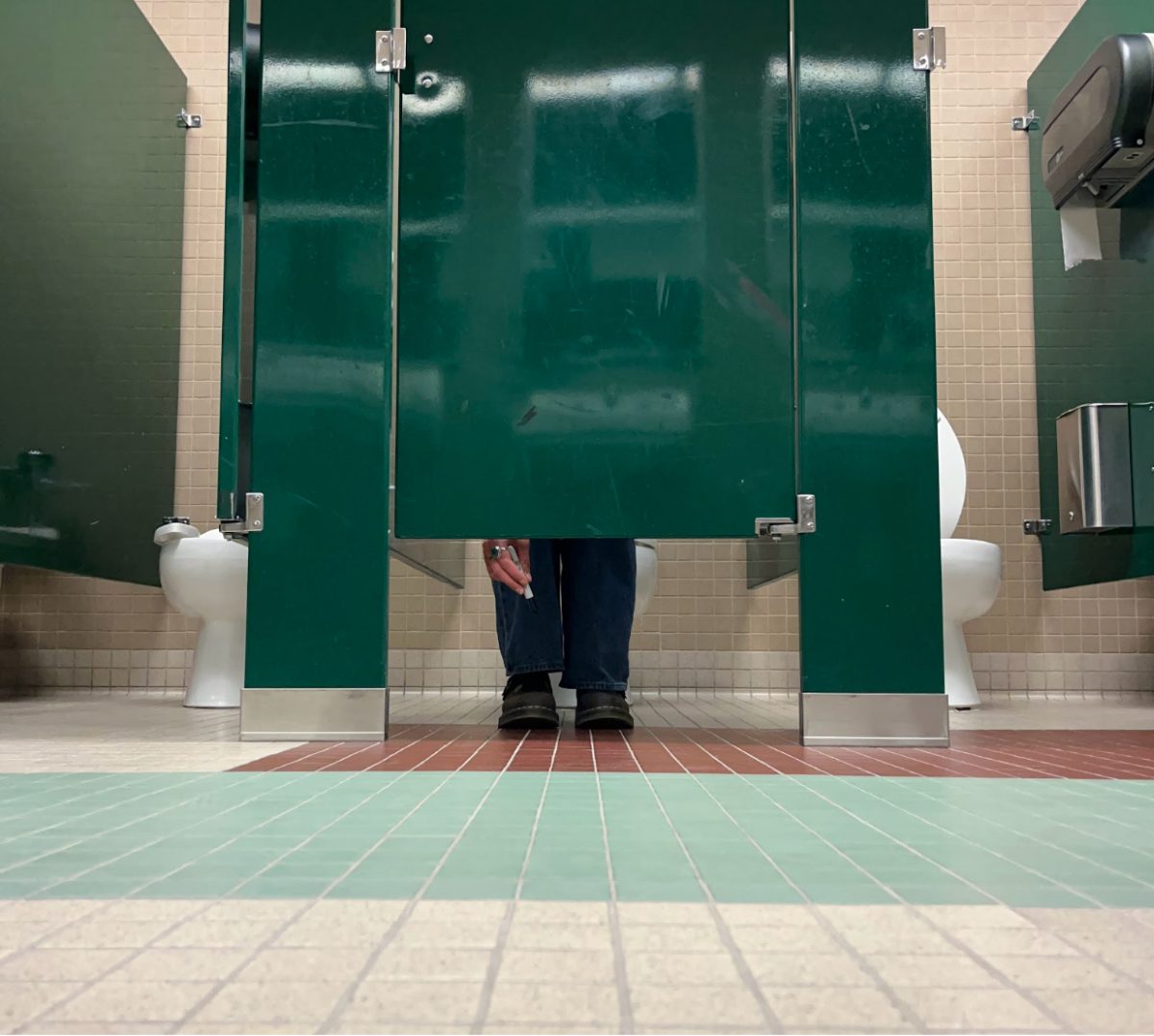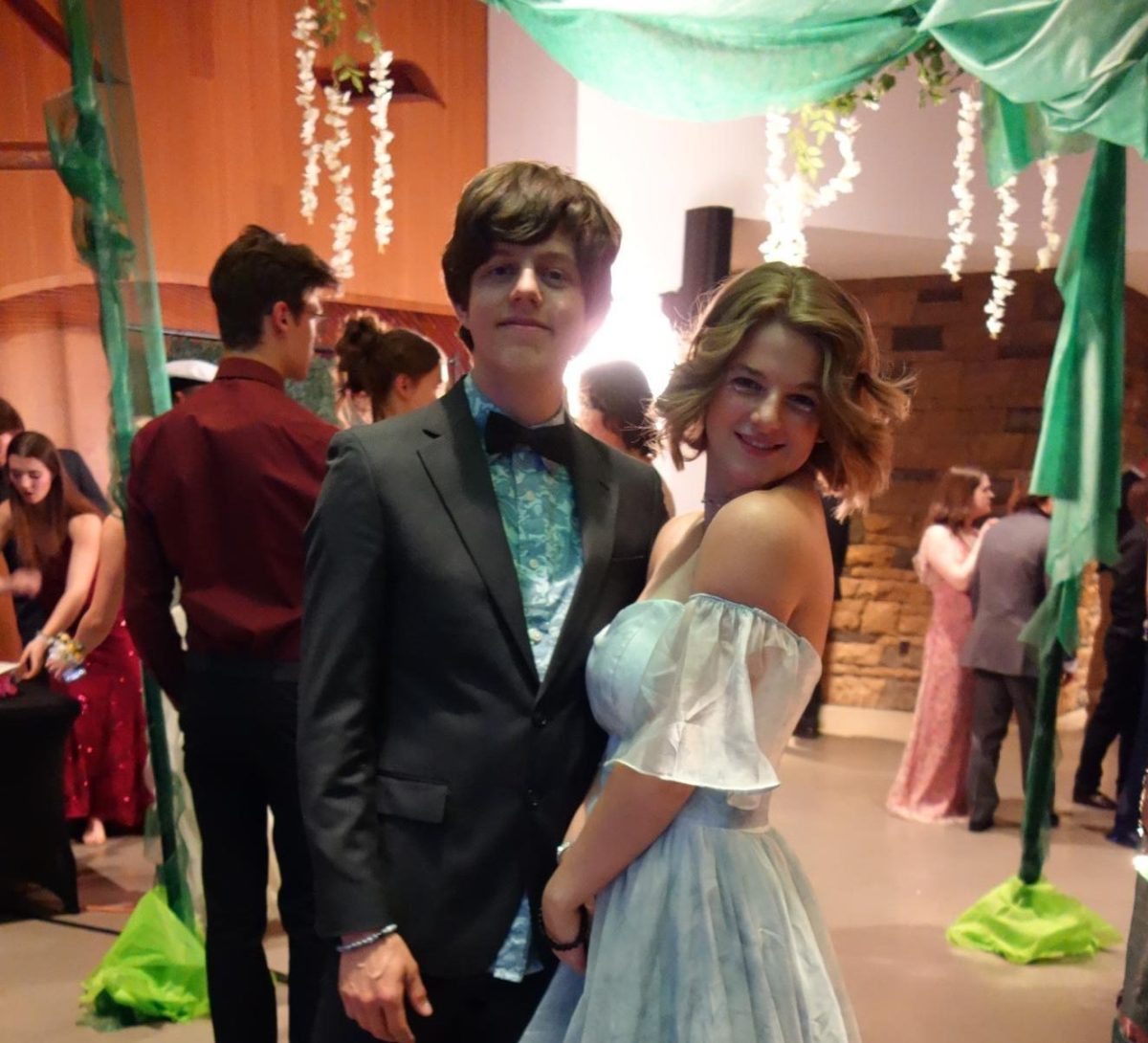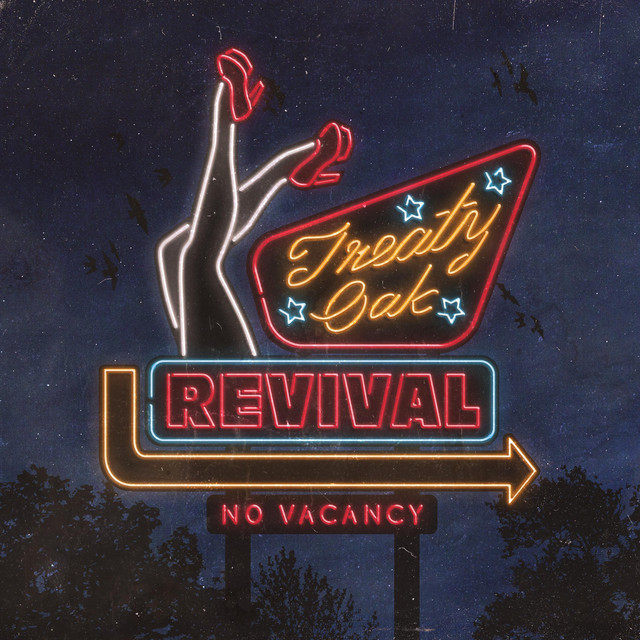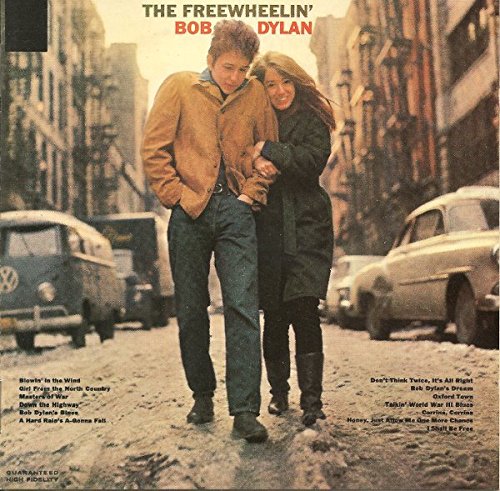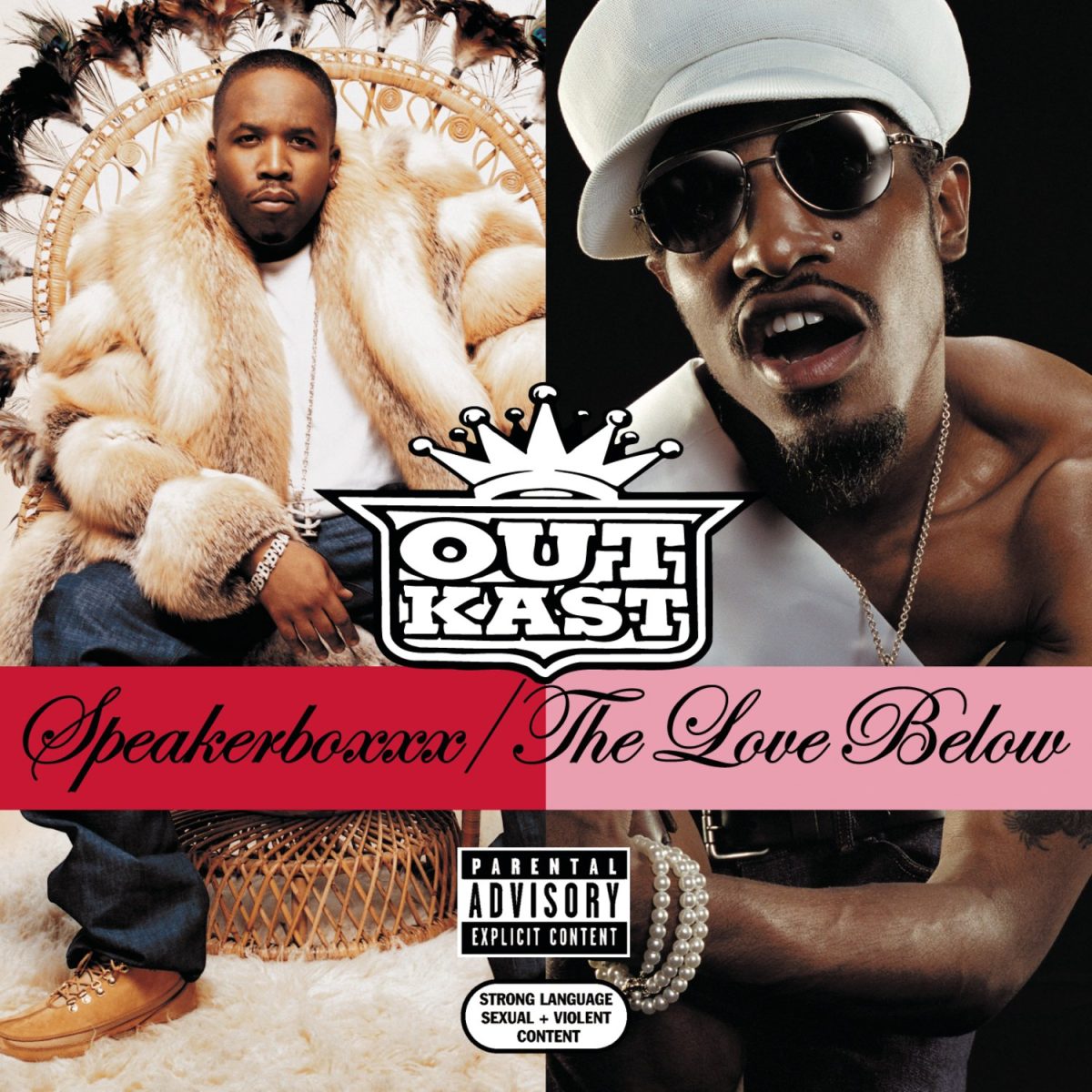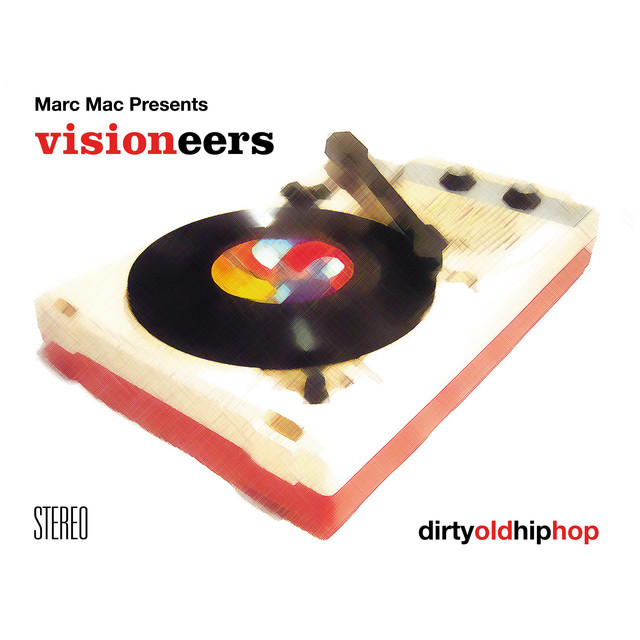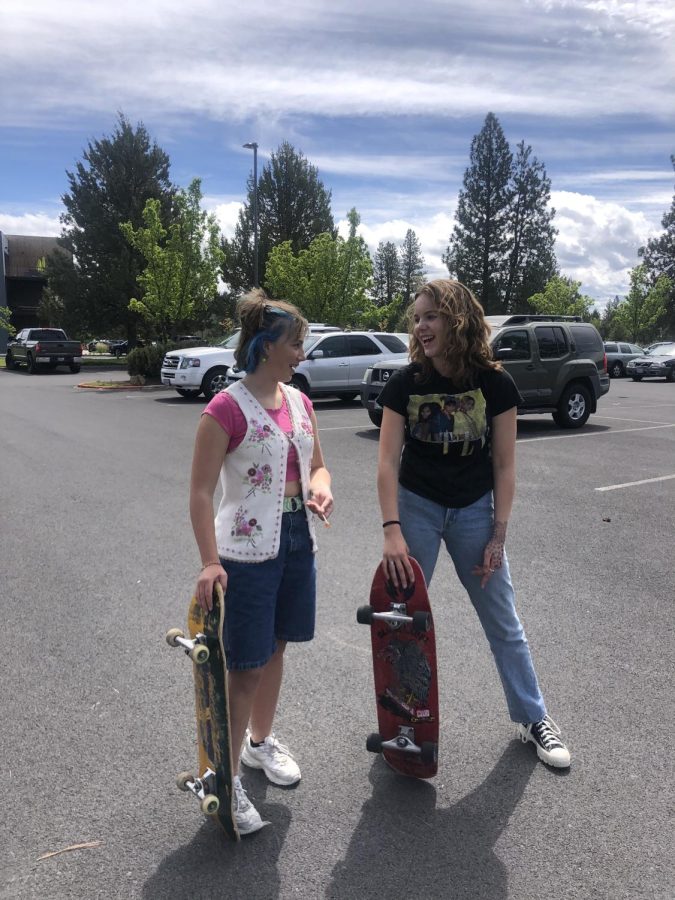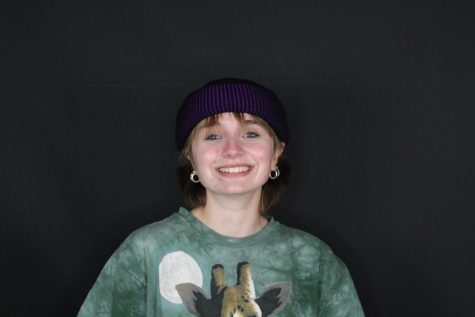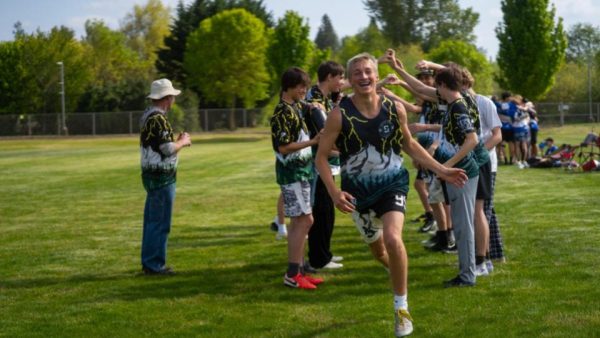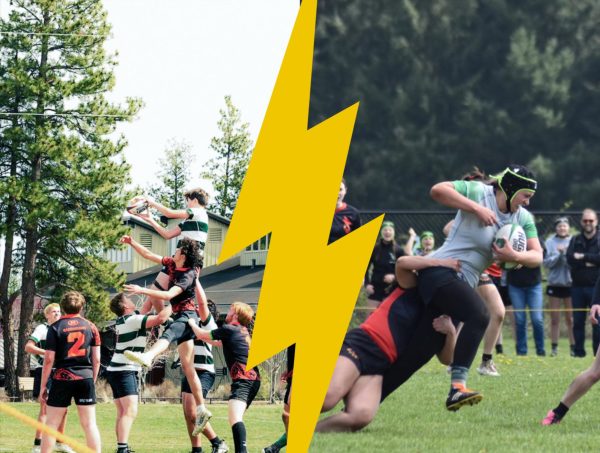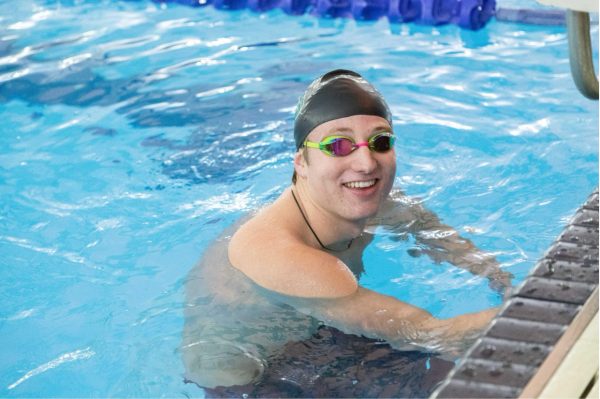Subverting Skating Norms
Unconventional skaters battle stigma at the skatepark
Off American Lane by the train tracks, there is a small, smooth patch of concrete. Sketchy quarter pipes made out of scavenged wood line the perimeter, while cinder block rails are scattered amongst trash cans and various other obstacles.
This is the DIY, a skate spot stitched together by Bend’s skate community From a gutted old futon, I watched a young kid receive kickflip tips from an older, more experienced skater on an unseasonably warm winter day. The mentor was kind and patient, excited to be sharing their knowledge with a beginner.
Herein lies the difference between the energy at the DIY spot and other skate parks—competition and ego falls to the sidelines, as people are more focused on sticking to their line and helping others do the same.
For years, the stereotypical skater was as follows: a lanky white boy that probably smells bad, with shaggy hair and baggy pants. Any mold is hard to break, but for those in the skate community that are trying to change that, subverting the stereotype is proving more difficult than expected.
There are only a few skateparks in town built by the city. Ponderosa skatepark, affectionately known as “Pondi,” is the most notorious of the lineup. The air hangs heavy with ego and judgment, worse for those that don’t fit the traditional skater mold.
Mattie Newman, a Summit senior and classic roller skater of five months has been skating at Pondi for about two months. In that time, she has noticed and experienced disrespect directed towards her and other unconventional skaters.
“There’s a masculinity block at the skatepark. I didn’t go for a really long time because of it,” Newman said. “I know a lot of girls who are like, ‘Oh, I want to go to the skate park, but it’s scary.’ It’s hard to enter that space first.”
It’s hard to experiment and take chances when you don’t feel comfortable in your environment. Pressure at the skatepark can lead to botched tricks, less progress, injury and, ultimately burnout. Molly Mathisen—a senior at Bend High, skater of two years and Pondi regular, —has experienced the kind of pressure that one might face from intimidating crowds.
“I definitely don’t try to do stuff when there’s a lot of guys…I can tell that they’re watching me or judging me from a distance,” Mathisen said. “I just stick to the stuff I know because if I fall, then I feel like they all saw it, and they’re gonna use that to pass judgment.”
There is discourse among skate communities, discussing each other and the grievances they have. Aiden Barclay, a Bend High senior, has been skating for nearly three years. He is the most conventional skater interviewed for this article. His haircut is clean and “acceptable,” but the baggy jeans are still a part of the uniform.
“I have noticed that when skaters get in each other’s way, they usually push it off,” Barclay said. “But if the stereotypical scooter kid gets in the way, yeah, we’ll make a comment about it. It’s like when you’re driving and someone says, ‘damn, California.”
It’s hard to pin down exactly what makes the skatepark such an intense and intimidating place. It’s hard enough being vulnerable and trying something new, especially something as hard as skating. Throw in a heavy air of judgment and side eyes, and you have a perfect storm of unpleasantness.
“There’s so many men there, and they have these weird ways of showing disrespect. It’s such a strange environment for a woman,” Newman said.
Beginners that find Pondi too much of an undertaking might find a more supportive community at rockridge skatepark or the diy spot. Both generally have lower traffic than pondi, and often people are just more interested in working on their line, rather than pass judgment on other skaters.



